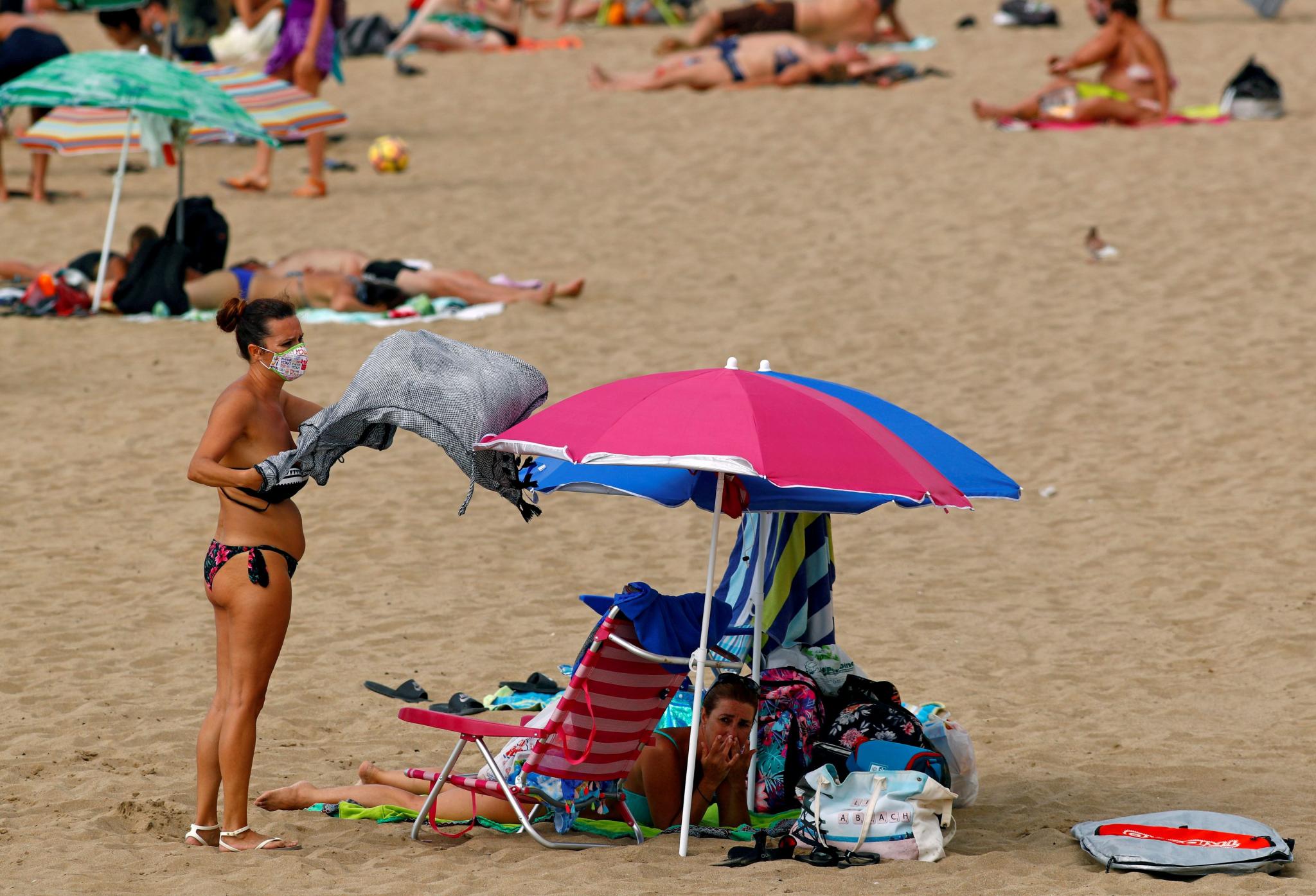Travel
Canary Islands hope to welcome more tourists after Germany lifts travel warning

A woman wearing a protective mask is seen on the beach as the regional government of the Canary Islands forbids smoking without maintaining a safe distance and makes mandatory to wear protective masks in open public spaces, during the spread of the coronavirus disease (COVID-19) pandemic, in Las Palmas de Gran Canaria, Gran Canaria, Spain. | BORJA SUAREZ
Madrid22/10/2020 14:31
The Canary Islands authorities said on Thursday they hoped to be seen as a “safe territory” by more countries after Germany decided it was no longer a high risk area for the spread of the coronavirus.
Also in News
- As Spain says adios to Golden Visa, Portugal says come on down!
- Mallorca holiday paradise vanishing for some German tourists
- Here comes the sun - Mallorca weather forecast for Easter
- Tens of thousands of Mallorca-bound British tourists facing long air delays this summer, airline boss warns
- Mallorca beach again covered by thousands of 'little sails'

No comments
To be able to write a comment, you have to be registered and logged in
Currently there are no comments.